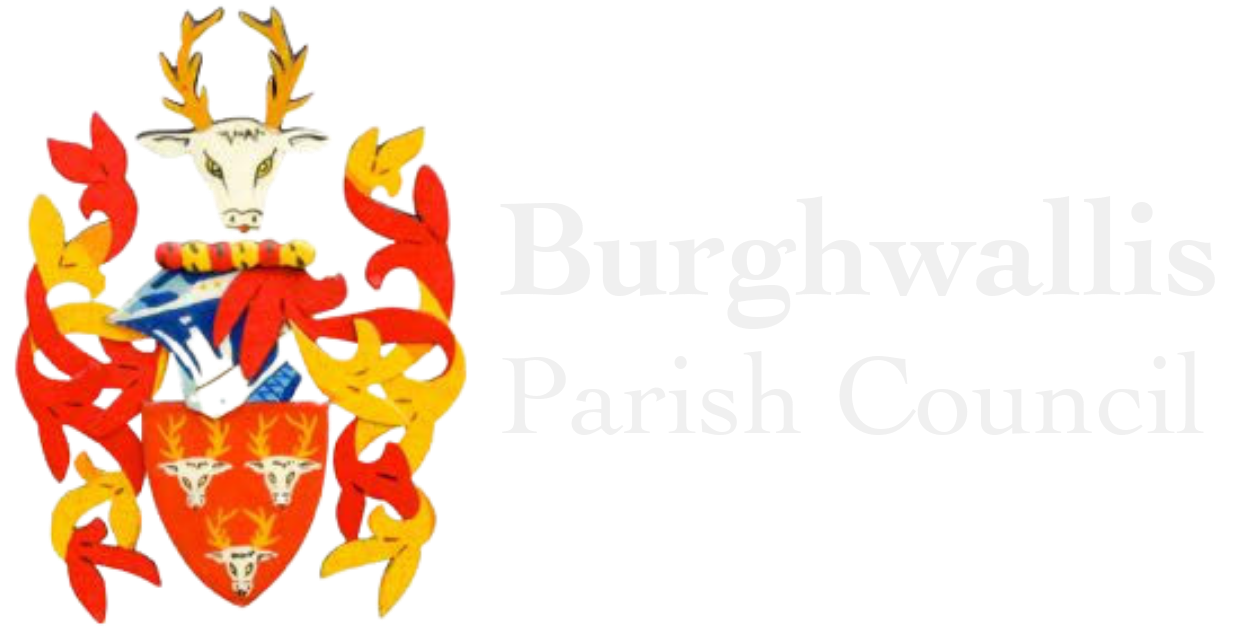The trees lining Grange Lane trees have been treated to remove the ivy that has invaded the landscape over the past few years.
Like all plants, they look good in the right setting and habitat. Ivy can look splendid in its full glory but like grass it can either part of a cherished pristine lawn – or where it has grown a few inches away in a border it becomes a wretched weed that need instant eradication.
LIvy has another downside. It’s a parasite that grows into and feeds from the bark of the host tree slowly killing it. This assiduous growth has engulfed many of the trees that line Grange lane, but its removal, as the saying goes, is a right pain. Luckily a contractor who has the right attitude and the odd machete managed to stem the ongoing growth of the ivy. The treatment involved cutting the ivy growth near ground level, and the application of a poison to the “root” part of the “plant.” The ivy which has grown up the trees will eventually die away, but will still remain on the trees for some time yet until nature has taken its full course.The trees can breath again and continue to flourish and provide the enviable canopy through the village.
The cost of the project was paid from the balance of funds remaining in the now closed “Events Committee” budget. The next part of the exercise is to look at the trees in and alongside the playing field to determine whether they would benefit from the same treatment, using more funds from the same source.

2 comments on “Ivy Leaves Grange Lane”
Does ivy kill trees?
Ivy uses trees and walls for support, allowing it to reach upwards to better levels of sunlight for use in photosynthesis. It is not a parasitic plant and has a separate root system in the soil and so absorbs its own nutrients and water as needed. In fact its presence has huge wildlife benefits. See https://www.woodlandtrust.org.uk/visiting-woods/trees-woods-and-wildlife/plants-and-fungi/woodland-wildflowers/ivy/does-ivy-kill-trees/.
The fact it is not a parasitic plant is clear from the above text. If it were a parasitic plant, cutting the stem and severing it from the root system would have no effect at all; if a parasitic plant it would continue to live, not “die away”. I have not read such ill informed comment for some years.
Particularly bearing in mind recent publications on the state of nature/biodiversity/wildlife/insects, it is quite shocking the Parish Council would seek to remove a plant offering nesting for many bird species, general habitat for invertebrates and arachnids, is a nectar source for all pollinators and food source for birds and mammals. Please also remember the play area trees and surrounding woodland are home to a good Tawny Owl population, whose nests are protected from view by ivy.
As a resident of the village, Council Tax payer and therefore contributor of the Parish Council Precept, I strongly object to the use of public money in this way.
Apologies, just realised the previous comment has not appeared because it is awaiting moderation. I trust the comments will appear.